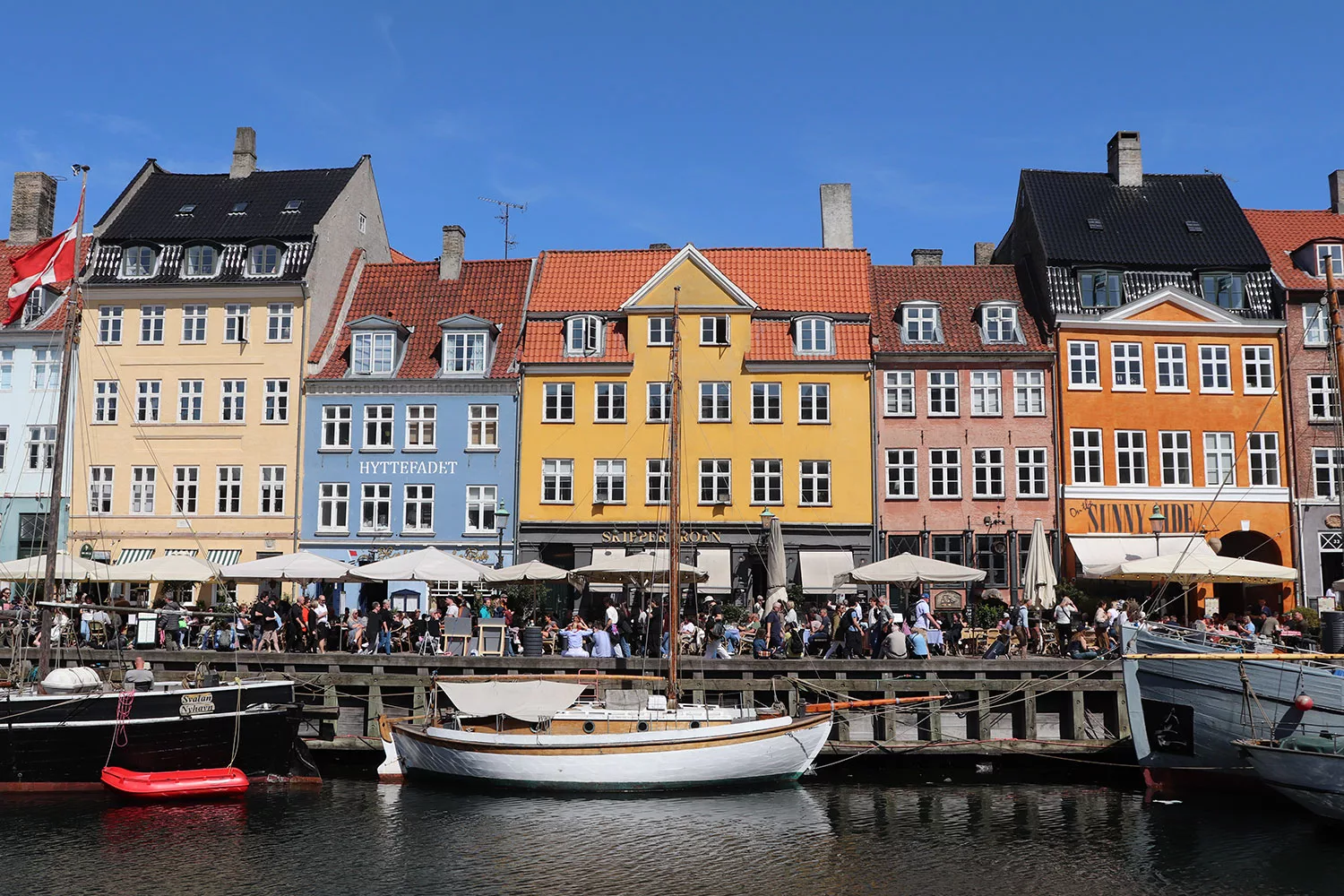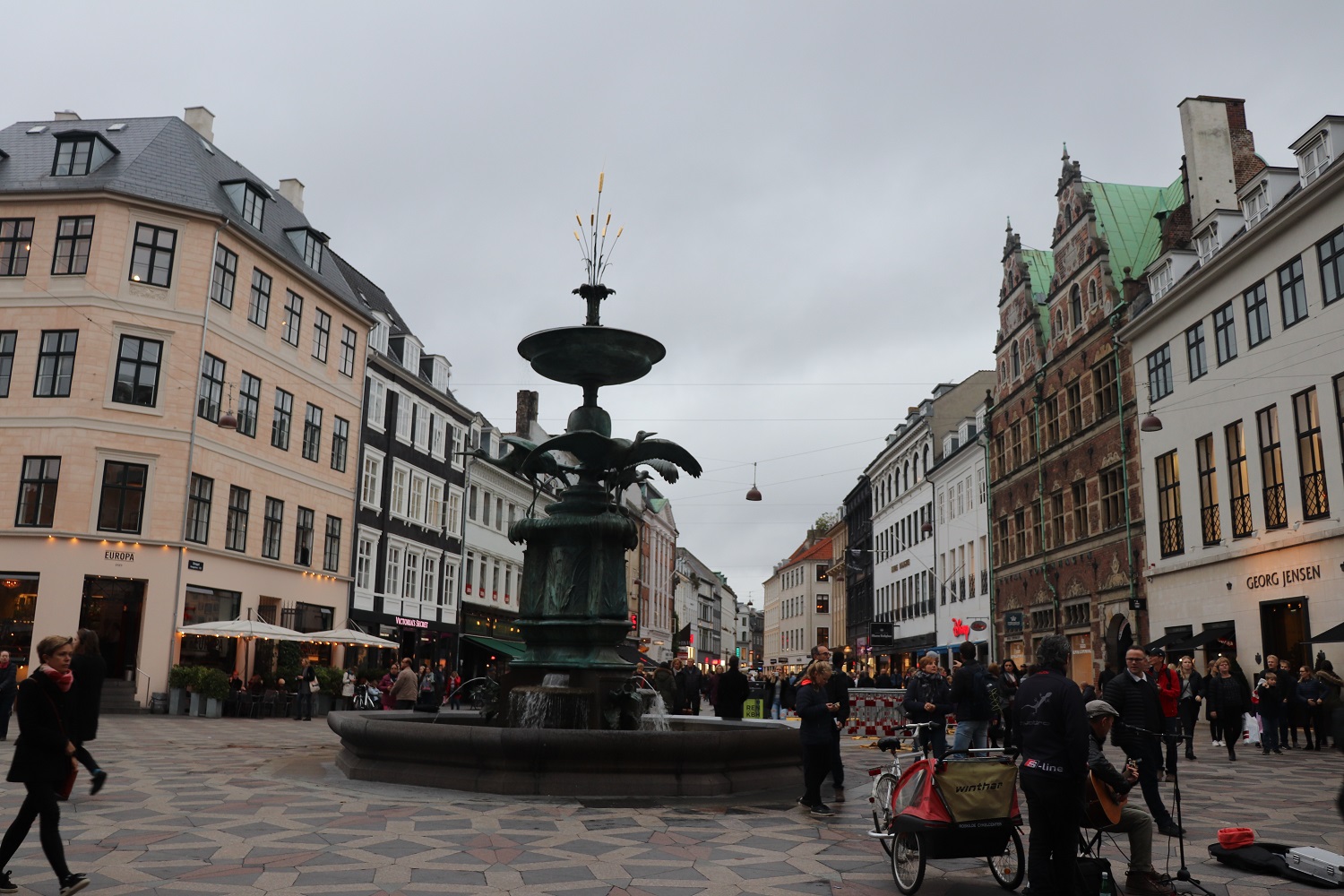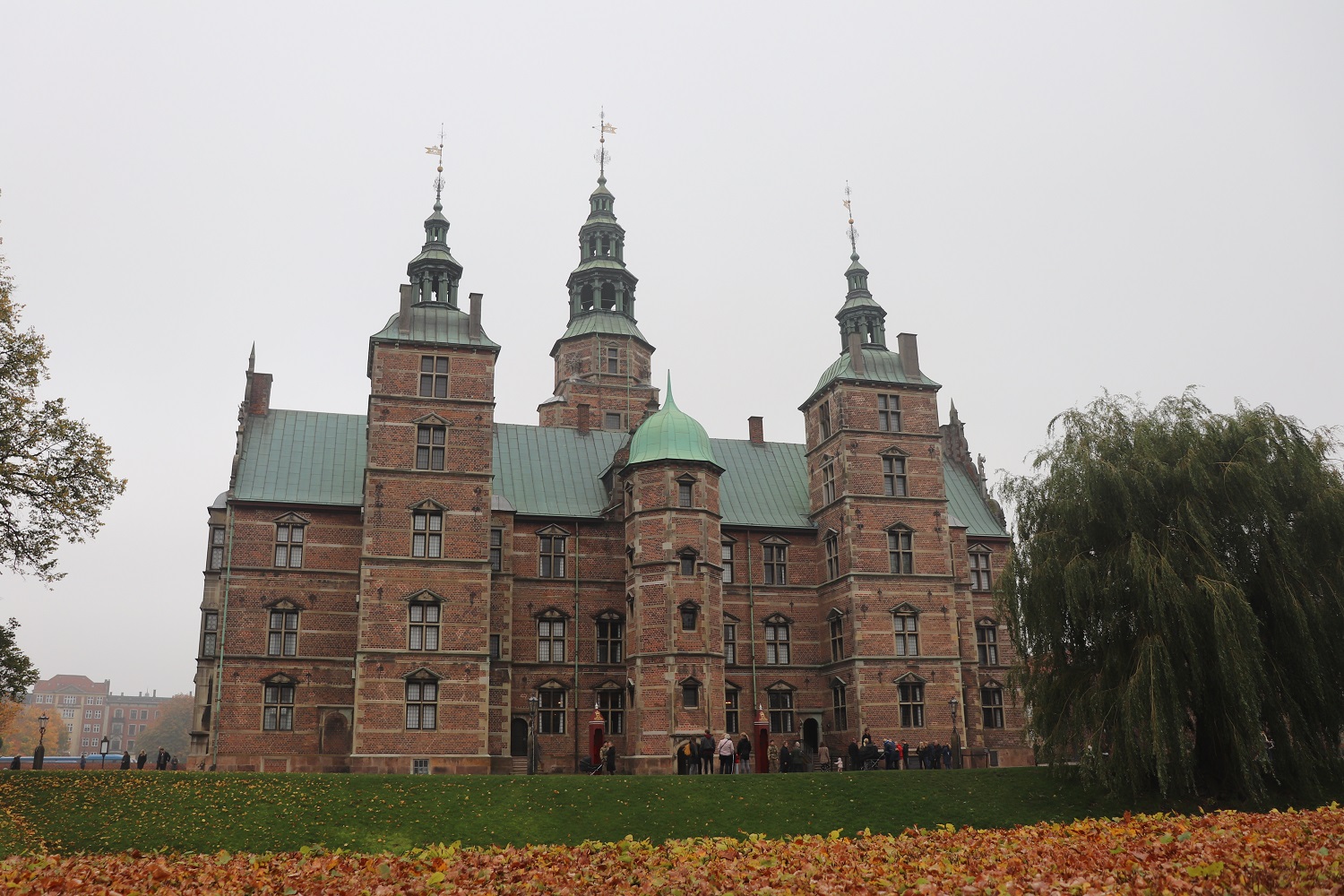Finding “Hygge” in Copenhagen: Things to Do & Travel Guide (Updated 2024)
Last updated on April 10, 2025
Popular for its laid-back lifestyle, Copenhagen is a popular destination for youth. Though the city itself is relatively new at 1000 years old it became the Danish capital in the 14th century and is now home to hygge.

The History of Copenhagen
Copenhagen was a small fishing village until around the 11th and 13th centuries, when it became a walled town with significant economic growth. It became the capital of Denmark in 1343 – or 1416 – or 1443 – depending on the source. But it was here that the capital was established with a new castle and university. The 16th century was when Copenhagen really started to flourish because of its great location for trade in Scandinavia.
A lot of the city was destroyed in fires during the 18th century but despite this, Copenhagen continued to thrive. Even though it’s on the newer side of European cities, Copenhagen has a lot of old charm and feels like a Renaissance or Baroque city. It’s also very modern and one of Europe’s liveliest cities.
Things to Do in Copenhagen
Be sure to get a Copenhagen Card before heading to the museums as you can save a tonne of money by doing so!



The most famous part of Copenhagen is Nyhavn, the area with the coloured buildings along boat-filled canals. It dates all the way back to the 17th century. It’s quite a small area but is still picturesque, and it wouldn’t be a trip to Copenhagen without seeing the iconic Nyhavn.
There’s also a lot of beautiful places to see the old architecture of the city, particularly the area between Grønningen and Gyldenløvesgade. Here you can visit the Kastellet former military fortress, which is a actually a relaxing place to ride a bike, take a walk, have a picnic or even see a show. This fortress is another peak into Copenhagen during the 17th century. It is also in this area that you can see The Little Mermaid statue. Unfortunately she looks very sad – I guess they went with the original version rather than the Disney version.



I strongly recommend taking a boat tour to see the city as many locals have a boat, live on a boat, or work on a boat. It’s a huge port city so to see it from the water is to see it as many others do.
Copenhagen very much reminds me of Amsterdam but the buildings are a lot more colorful.


Like any other city, Copenhagen is home to several fine museums including a natural history museum and a gorgeous botanical garden. However my favourite was the National Museum of Denmark because it has a fantastic collection that shows visitors where Denmark came from and what it’s all about, and quite honestly, I didn’t know much about the country before visiting. I highly recommend it. One place I did not get to see but looks interesting is the Museum of Danish Resistance (which comes highly recommended by a friend).


There’s also a bit to see for art enthusiasts. The SMK has a lot of modern art but also exhibits a fine collection of Danish and Nordic art from centuries past. There’s also the Glyptoteket, which is an excellent museum featuring centuries of art from around the world. I actually really enjoyed the Designmuseum which has a collection of older art, but their contemporary art collections are very thought-provoking and interactive. All three museums are very much worth visiting.
Local art can also be seen all around the city. There was even an installation done by Yoko Ono when I visited.



As the capital of Denmark, Copenhagen is also home to several royal residences. Christiansborg Palace is an absolute must-see, with gorgeous interiors and fantastic views of the city. Their library is still one of my absolute favorites. A huge bonus to seeing the Palace is that the tower has an elevator to the top, so you don’t need to exhaust yourself climbing hundreds of stairs! It also has an arsenal museum on site if you’re into military history.
My favourite place in Copenhagen is Rosenborg Slot, a beautiful Renaissance castle from the 17th century. There are so many beautiful rooms with original and period furnishings, and looks like a true fairytale castle. I’d consider it a muse-see. Note that your tickets are timed to enter the castle, and you can go beneath afterwards or beforehand to see a royal collection of jewels.
Amalienborg Palace is the current residence of the Danish royal family. You can visit some rooms inside which are nice but quite honestly, they pale in comparison to the Palace and the Castle.


If you have only a day in Copenhagen I’d recommend putting Rosenborg Castle on your list first.
Even though Frederiksberg is technically its own city, it’s located geographically “in” Copenhagen and has its own palace which is worth a visit.

Another iconic place to visit is Christiania/Freetown Christiania because it’s a huge part of Danish modern culture. It’s like a hippie/alternative lifestyle area. Note that photography is forbidden in certain areas but even if you don’t smoke the leaf, there’s a tonne of different art you can enjoy, especially street art.
Stop in the famous food court Copenhagen Street Food for some food from around the world, or just walk around the area to find some good eats. Copenhagen has a tonne of food dives to check out, including several vegan and vegetarian restaurants. Be sure to try out their local specialty smørrebrød (don’t ask me to pronounce that) which is available for vegetarians.


Another highlight of Copenhagen is its theatre. If taking a picture of the “black diamond” isn’t enough, go inside the Skuespilhuset (theatre) to see a show.



For another good view, you can go to the top of Rundetaarn (round tower) or the Church of our Saviour – the Rundetaarn is a popular destination and there’s no real heavy climbing but the Church requires a bit of knee grease to reach the top. Since Christiansborg Palace has an elevator I’d definitely recommend that over these options.
Hygge
Alright, now it’s time to examine the word that describes the Danish way of life – hygge. According to Hygge House, it’s “a Danish word used when acknowledging a feeling or moment, whether alone or with friends, at home or out, ordinary or extraordinary as cosy, charming or special.” So was Copenhagen cosy, charming and special?



Copenhagen is more of a laid-back city that is huge on nightlife. For me, I do like Copenhagen but it’s not particularly my favourite place. I’m not a nightlife person. People love Christiania and getting high, and that’s not my thing either. A lot of the city is more modern and I’m not a very modern person. The old parts of the city are very beautiful but for me, I can’t really be “cosy” in city packed with as many people as Copenhagen is. This blog is about how I’m an old soul wandering the globe. I do really like the city, but I felt a little out of place in Copenhagen.
Actually, Copenhagen is kind of why I started this whole blog in the first place. For my Scandinavia trip back in 2017, lots of people said they loved it, it was one of the best places in Europe, beats Stockholm any day. So I spent several days in Copenhagen and fewer days in Stockholm based on these recs. And then I fell in love with Stockholm and just didn’t vibe with Copenhagen. It was then I realised that the old souls needed a voice in the travel sphere as well.
So would I say that Copenhagen gave me hygge? Not really. It just didn’t really make me feel cosy. However the people there are very friendly and nice, and this is my opinion alone. There’s a ton to do that can easy fill up days or even weeks. Copenhagen has a lot to offer and a lot of charm. Maybe if I stayed longer, I would understand “hygge” better.

Have you ever been to Copenhagen? Did you experience hygge?
This post was heavily updated on May 18, 2024, following a second trip to Copenhagen.
Pin This for Later


Book an Organised Tour
Book Your Stay
Need a Book on Copenhagen?
I’m happy to partner with Bookshop.org to promote sales from independent booksellers.
About the Author
My name's Lilly and I'm a Baltimore-based travel blogger with a focus on art and history. I work full time and manage to get in several trips a year. Learn more about me.Tags: copenhagen, denmark, europe













